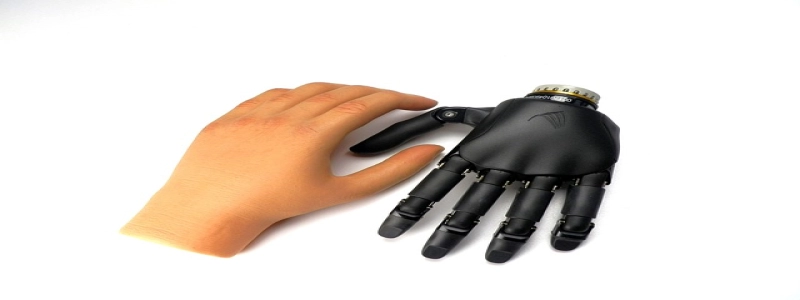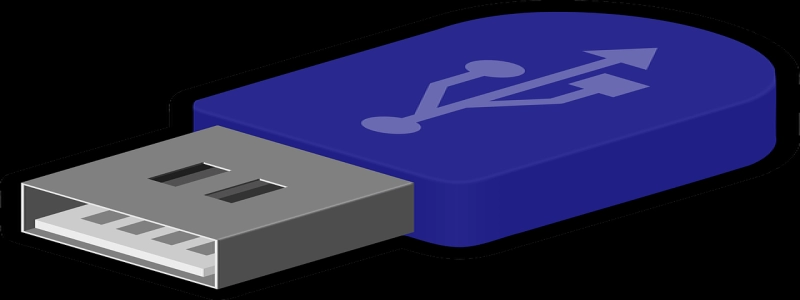UWB Transceiver
Introducere:
UWB, short for Ultra-Wideband, is a wireless communication technology that operates over a wide frequency band, typically greater than 500 MHz. UWB transceiver refers to the device or module that enables UWB wireless communication by transmitting and receiving signals.
eu. What is a UWB Transceiver?
A UWB transceiver is a multifunctional device that integrates both the transmitter and receiver functionalities into a single unit. It uses ultra-short duration pulses (typically less than a nanosecond) with extremely low power spectral density. This enables UWB transceivers to transmit and receive data at high speeds over short distances, making them suitable for applications requiring high bandwidth and low power consumption.
II. Components of a UWB Transceiver:
1. Transmitter: The transmitter part of a UWB transceiver generates a UWB signal by shaping the pulses and modulating the data onto them. It amplifies the signal to achieve the desired transmission power level. The transmitter may also include circuits for frequency generation, pulse generation, and amplification.
2. Receiver: The receiver part of the UWB transceiver is responsible for capturing, demodulating, and processing the UWB signals received from the environment. It employs various techniques such as pulse detection, synchronization, and data recovery to extract the transmitted information accurately. The receiver may also include circuits for amplification, filtering, and signal conditioning.
3. Antenna: The antenna acts as a medium for transmitting and receiving UWB signals. It converts the electrical signals into electromagnetic waves for transmission and vice versa for reception. UWB transceivers typically use antennas specifically designed to operate over a wide frequency band to accommodate the wide bandwidth of UWB signals.
4. Control and Interface Circuitry: The control and interface circuitry in a UWB transceiver handles functions such as signal processing, data encoding/decoding, error correction, synchronization, and interfacing with external devices. It may also include features like power management, regulation, and diagnostics.
III. Applications of UWB Transceiver:
1. Short-Range Communication: UWB transceivers can be utilized for short-range wireless communication applications, such as in personal area networks (PANs) and wireless USB connections. Their high data transfer rates and low power consumption make them suitable for applications like file transfer, audio streaming, and peripheral device connectivity.
2. Localization and Tracking: UWB transceivers can also be employed in localization and tracking systems. The ability to accurately determine the location and movement of objects makes them suitable for applications like asset tracking, indoor positioning, and navigation systems.
3. Medical and Healthcare Applications: UWB transceivers can assist in remote patient monitoring, medical imaging, and real-time health monitoring. Their ability to transmit large amounts of data quickly and wirelessly plays a crucial role in enhancing the efficiency and accessibility of healthcare services.
Concluzie:
UWB transceivers are key components in modern wireless communication systems. Their ability to provide high data transfer rates, low power consumption, and accurate localization makes them ideal for various applications ranging from consumer electronics to healthcare. As UWB technology advances further, we can expect to see the widespread integration of UWB transceiver modules in various industries, revolutionizing the way we communicate and interact with the world around us.








